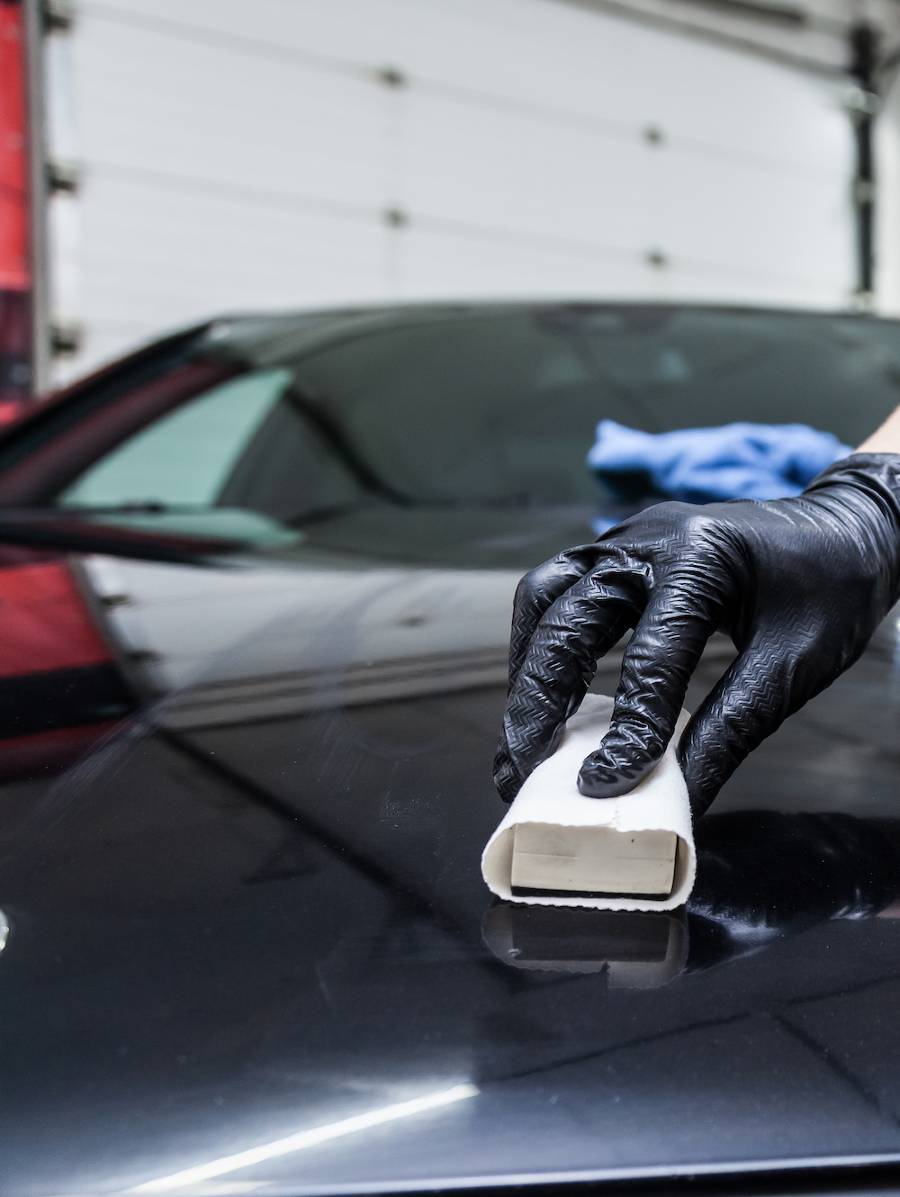Why Ceramic Layer Is the Ultimate Option for a Flawless Complete
Ceramic finish has emerged as a leading solution for those seeking a flawless surface for their automobiles, thanks to its exceptional durability and protective features. What factors truly established ceramic finishing apart?
What Is Ceramic Layer?

When applied correctly, ceramic coating develops a hydrophobic surface that drives away water and dust, making it simpler to preserve and clean up. Unlike typical waxes or sealants, which usually provide brief security, ceramic layers can last for several years, relying on the product quality and application technique. The procedure of applying ceramic layer needs careful prep work, consisting of thorough cleansing and sometimes repaint correction, to make sure optimum bonding and efficiency.
Ceramic coatings are not limited to auto surfaces; they can also be utilized on numerous products, consisting of glass, metal, and plastics, giving a versatile service for boosting security. Generally, ceramic coating stands for a substantial innovation in surface area security technology, combining both useful and visual advantages for a variety of applications.
Benefits of Ceramic Layer
While lots of surface area security options exist, the benefits of ceramic coating attract attention because of its one-of-a-kind homes and resilient efficiency. Among the main benefits is its outstanding durability. Ceramic Coating Philadelphia. Unlike conventional wax or sealers that need constant reapplication, ceramic coverings provide a resilient layer that can last for several years, considerably lowering upkeep efforts
Another significant benefit is boosted defense versus environmental contaminants. Ceramic finishings develop a hydrophobic surface area that wards off water, dirt, and various toxins, making it less complicated to clean. This attribute not just protects the vehicle's appearance however additionally reduces the danger of deterioration and oxidation, particularly in rough weather.
Moreover, ceramic coverings provide remarkable resistance to UV rays, protecting against fading and destruction of paint gradually. This UV protection is crucial for keeping the visual worth of cars and surface areas revealed to guide sunlight.
Additionally, the shiny finish attained with ceramic coating boosts the overall visual appeal, offering surface areas a showroom-quality shine. On the whole, ceramic finishes represent a significant advancement in surface area protection innovation, offering enduring benefits that cater to both aesthetic and practical requirements.
Exactly How It Functions
Recognizing the scientific research behind ceramic coatings exposes just how they offer such exceptional protection and durability. At its core, a ceramic finish is a liquid polymer investigate this site that chemically bonds with the car's factory paint. This bonding creates a safety layer that is both oleophobic and hydrophobic, repelling water, dust, and oil. The primary part of many ceramic layers is silicon dioxide (SiO2), which is originated from quartz. This compound contributes to the finish's firmness and resistance to scratches, UV rays, and environmental pollutants.
The application process includes multiple steps, consisting of surface prep work, which is vital to achieving ideal bond. Once applied, the finish undergoes a treating procedure, during which it sets and forms a semi-permanent bond with the paint surface area. This bond is what identifies ceramic finishings from traditional waxes and sealants, offering a longer-lasting protective barrier that can withstand for many years.
Additionally, the density of the finishing can enhance its safety high qualities, making certain that it can stand up to severe conditions. Inevitably, the science great site of ceramic coverings incorporates innovative products with innovative application methods to supply an unparalleled level of security and aesthetic improvement for cars.
Contrast With Typical Techniques
When compared to conventional paint security approaches such as sealants and waxes,The advantages of ceramic finishings come to be especially apparent. While waxes use a short-lived shine, commonly lasting a few weeks to a number of months, ceramic layers supply a durable safety layer that can withstand for numerous years. This longevity considerably lowers the regularity of reapplication, making ceramic finishes a much more economical option gradually.
Furthermore, standard methods typically require comprehensive preparation and several applications to attain an acceptable degree of security. On the other hand, ceramic finishings bond at a molecular degree with the car's surface, producing a durable shield against ecological impurities like UV rays, acid rainfall, and road salts. This bond improves the automobile's resistance to scrapes and swirl marks, which prevail with typical waxes and sealers.
Furthermore, the hydrophobic buildings of ceramic coatings ward off water and dirt, leading to easier cleansing and maintenance. In comparison, wax and sealant-treated surface areas can draw in grime, demanding even more regular cleaning - Ceramic Coating Philadelphia. On the whole, ceramic layers not only provide exceptional security however likewise provide a more visually appealing and enduring coating, establishing them as the preferred option for critical vehicle owners
Application and Upkeep Tips

Utilizing a foam applicator, apply the layer in little sections, complying i loved this with the producer's standards concerning thickness and overlap. Allow sufficient treating time between coats, normally 24-hour, to make certain correct bonding. After application, it is critical to prevent direct exposure to water or harsh elements for at the very least a week to allow the layer to fully treat.
Furthermore, utilizing a ceramic upkeep spray can boost the coating's hydrophobic residential or commercial properties and longevity. Normal examinations for any type of indicators of wear will aid keep the coating's integrity and preserve that beautiful finish.
Final Thought
In verdict, ceramic finish emerges as a remarkable choice for achieving a flawless auto finish. By creating a durable bond with factory paint, ceramic finishing successfully guards against scratches, UV rays, and ecological contaminants.
